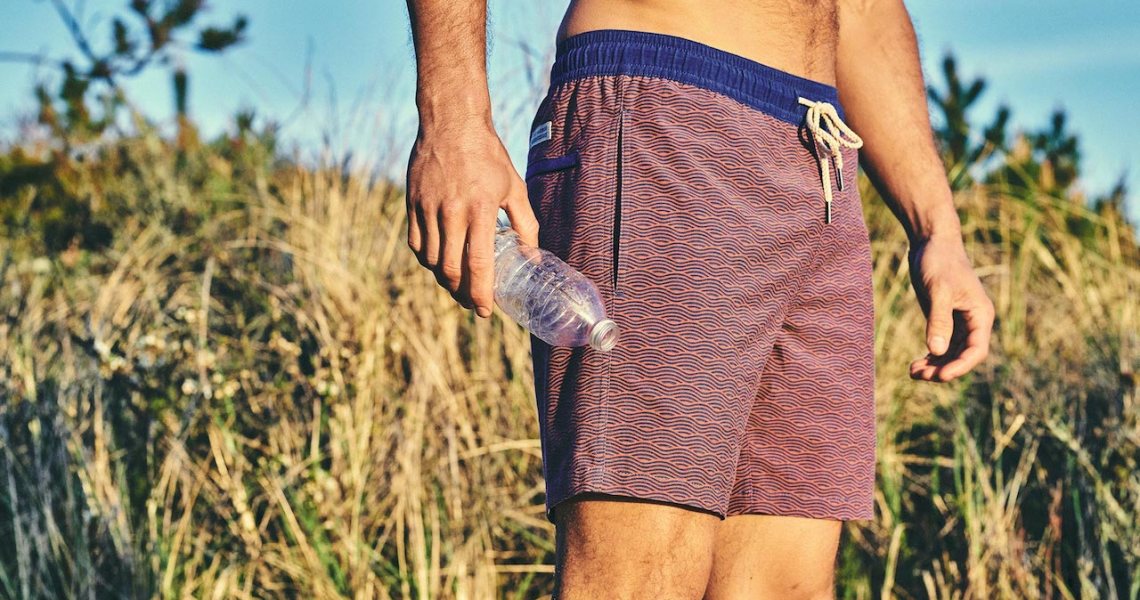In late November, Mission Brand Alliance, a joint group of close to 30 sustainability-focused brands, sent out a group holiday catalog to 250,000 customers gathered from the brands’ mailing lists. The group includes brands that are typically thought of as competitors, like United by Blue and Toad & Co which both focus on outerwear. And the marketing effort was intended to boost the brands’ sales and awareness at a crucial, marketing-flooded time. The brands pooled resources and reaped the benefits of reaching a far wider audience than they could have individually.
Mission Brand Alliance sprung up during the pandemic, in April. Now, with some of the initial stress of the pandemic relieved, included brands consider the support it provides crucial to staying afloat.
Mike Cangi and Brian Linton, co-founders of United by Blue and Mission Brand Alliance, said that despite the competitive nature of some of MBA’s brands, the benefit of collaboration outweighs any risk of cannibalization. While desire for sustainability is growing among consumers — McKinsey data from July 2020 says more than 60% of shoppers go out of their way to buy sustainable products — many customers only know or like a few sustainable brands and then default to Amazon or big box retailers for other needs.
The idea of MBA is that a customer doesn’t have to individually seek out sustainable brands in niche categories; in one place, they can see brands in categories from footwear to coffee that vouch for each other’s ethical commitments. To join MBA, brands have to meet requirements around emissions and sustainability within the supply chain, or have an existing certification like B-Corp status.
“We’re trying to create our consumer,” Cangi said. “We want to keep those consumer dollars away from [companies] like Amazon and with brands like us. Even if it’s not coming to my brand, specifically, it benefits me because it’s creating the consumer who can shop with me.”
MBA doesn’t make money on its own and all of its costs, including for catalogs, digital and social marketing, and website maintenance, are split among the member brands. Linton and Cangi do most of the higher-level management, but coordinate larger decision making with the other brand founders.
Cangi declined to provide sales figures driven by the group, stating that he’s still in the process of gathering specifics around sales resulting from the December catalog and from a joint sale (with a single discount code) hosted by MBA brands in July. The brands split the cost of the catalog, which cost hundreds of thousands of dollars to produce and mail, and it saw enough of return on investment that every included brand has expressed interest in keeping the partnership going, he said. More catalogs and joint discounts are planned for the future, as is an elevated e-commerce experience. Currently, the MBA site only links to each brand’s individual web store.
Ad position: web_incontent_pos1
Jake Danehy, co-founder of 5-year-old swimwear brand Fair Harbor, said his brand’s sales grew 800% year-over-year in 2020. Along with joining MBA to boost awareness, the brand updated its marketing to focus less on swim and launched a children’s line that has a 20,000 person waitlist.
“The whole idea is that consumers vote with their dollars,” Danehy said of MBA. “Every [included brand] has the same ethos and the same mission.”
In addition to pooling resources, the brands in MBA have been sharing ideas around manufacturing sustainably and marketing through an email thread since April. Cangi said part of his 2021 plan is to formalize the knowledge-sharing process.
The desire to direct customers away from market-dominating forces like Amazon is growing. It was one of the primary inspirations for the Brands x Better coalition, according to its founder and Rhone CEO Nate Checketts. He told Glossy in December that searching for a skateboard for his son online kept bringing him to giant companies like Amazon and Walmart with huge marketing budgets while smaller skate shops couldn’t compete.
Amazon’s dominance of apparel has grown in the last two years, with more than 70% of all apparel shoppers having bought clothing from Amazon in the 12 months ending in April 2020, up 16% from the year before, according to data from Coresight Research. In 2019, Amazon spent more than $18 billion in advertising.


